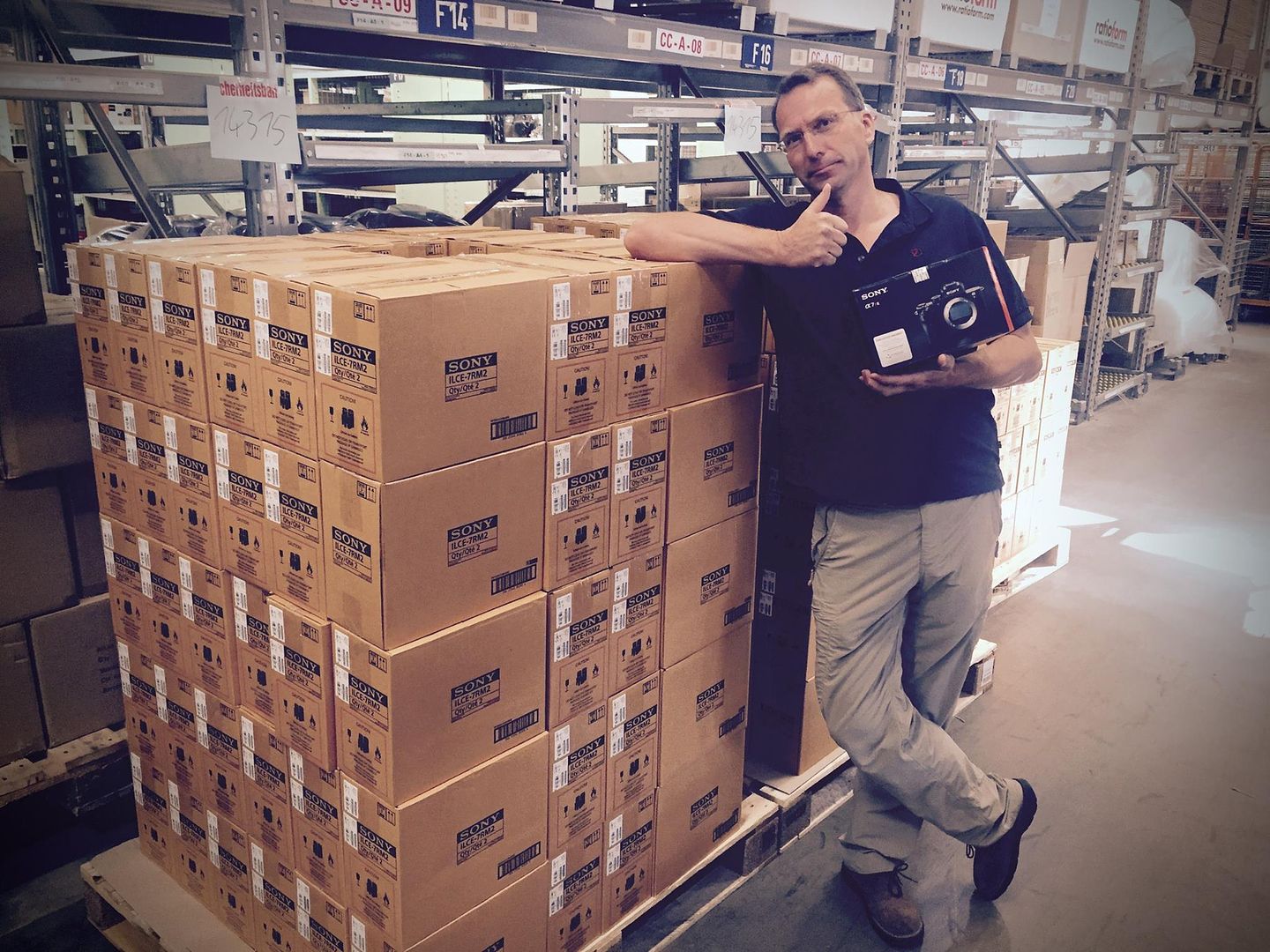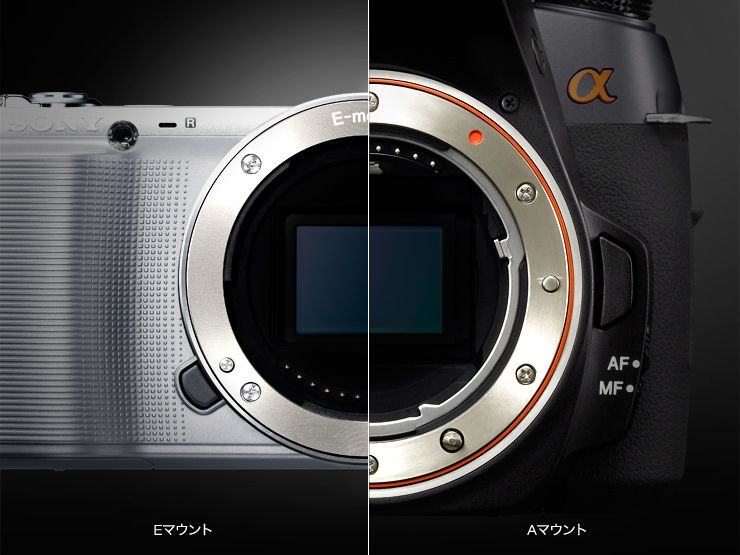
Sometimes A-mount owners blame me for not reporting enough A-mount news. But the truth is there is simply little to tell yet. I rarely get A-mount rumors and as you have seen Sony did not introduce any new A-mount camera the last 15 months (and only two “updated” A-mount lenses). So here we are: Jonathan on SonyAlphaForum puts on table the big question: After the A7rII launch…A-Mount Loyalists…Will you switch?
I was a loyal A-mount user, waiting, and waiting for an update to my a99. The A7R2 was just too good to pass up, and the fact that I didn’t have to sell all my A-mount lenses was a bonus (still using my Sigma fisheye and 500mm, and Zeiss 135 f/1.8). So, money not being an issue, why would an A-mount user not cross over to FE at this point?
So here is the poll:

Loading ...
A7rII preorder list:
In USA: at Amazon, BHphoto, Adorama, SonyStore US, FocusCamera, Uniquephoto.
In Europe at Sony DE, UK, FR, IT, ES, NL, BE, CH, AT, SE, FI, NO, PT. Wex UK.
In Asia at Digitalrev, CameraPro.
A7rII case:
Gariz leather case in [shoplink 39113 ebay]Black (Click here)[/shoplink], [shoplink 39108 ebay]Camel (Click here)[/shoplink], [shoplink 39110 ebay]Orange (Click here)[/shoplink], [shoplink 39111 ebay]Brown (Click here)[/shoplink] and [shoplink 39112 ebay]Red (Click here)[/shoplink]. Also available on Amazon US (Click here).
Gariz Alcantara case in [shoplink 39094 ebay]Black (Click here)[/shoplink] and [shoplink 39095 ebay]Red (Click here)[/shoplink]. Also available on Amazon US (Click here).
Lim’s case in [shoplink 39107 ebay]Black (Click here)[/shoplink], [shoplink 39102 ebay]Brown (Click here)[/shoplink], [shoplink 39103 ebay]Red (Click here)[/shoplink], [shoplink 39104 ebay]Yellow (Click here)[/shoplink], [shoplink 39105 ebay]Navy Blue (Click here)[/shoplink] and [shoplink 39106 ebay]Khaki (Click here)[/shoplink]. Also available on Amazon US (Click here).
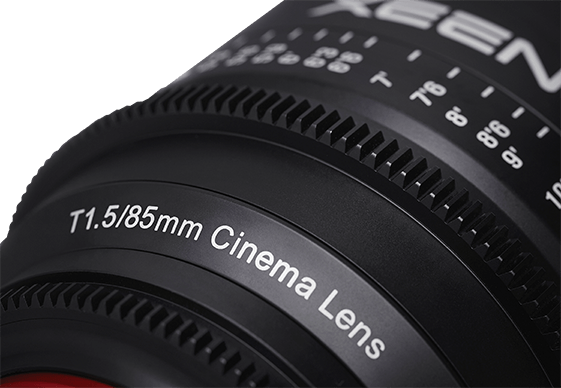
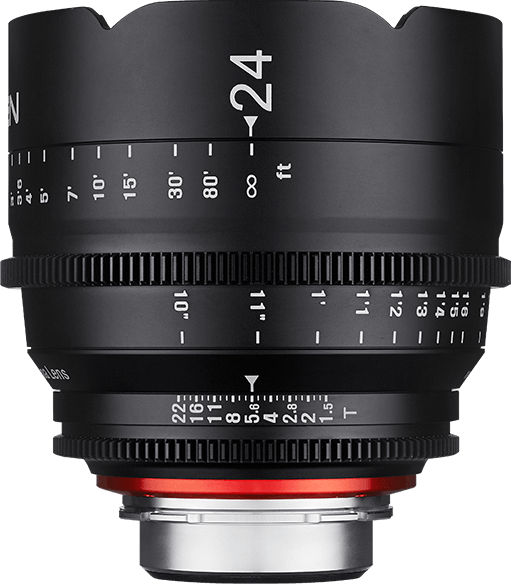
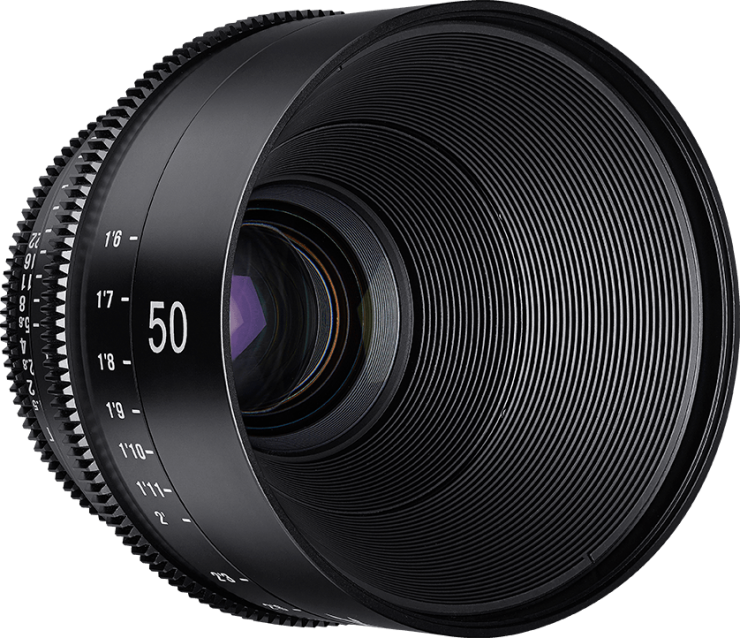
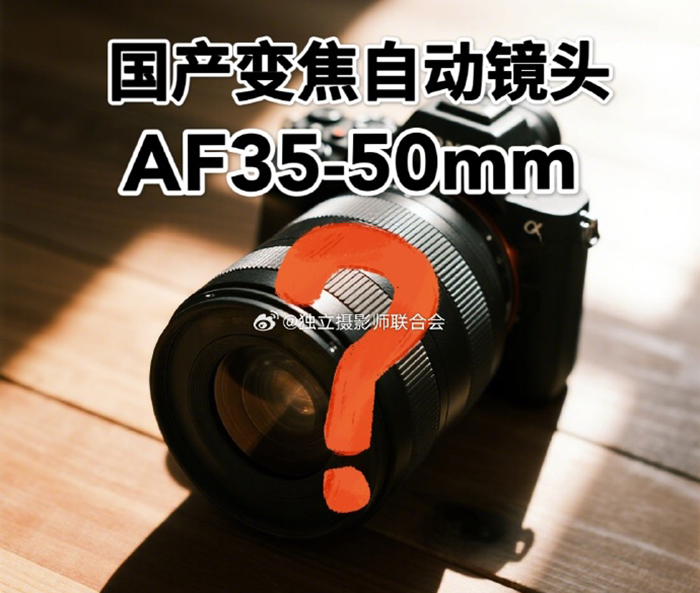


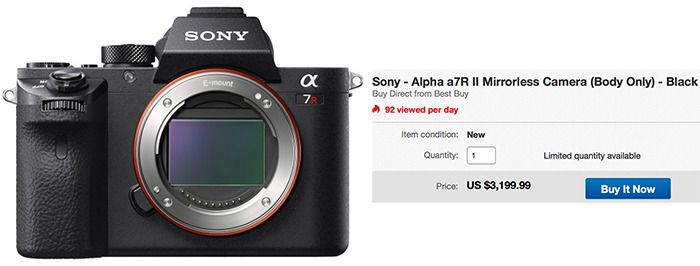 [/shoplink]
[/shoplink]